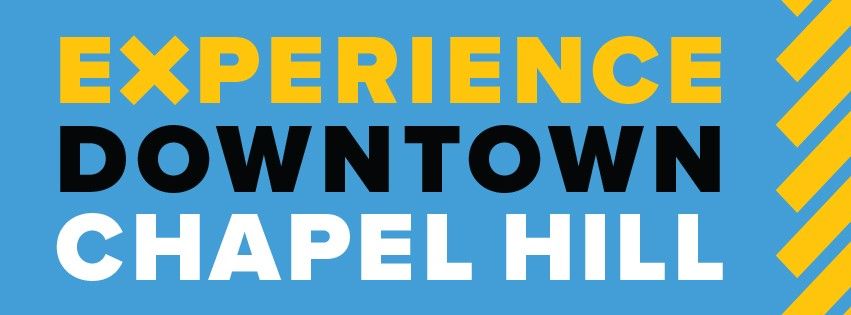CCC: Talk to your kids about alcohol (they're listening)
By Mae Golden
Youth who have their first drink before fifteen are seven times more likely to experience alcohol-related problems than those who did not drink underage. Researchers at the Substance Abuse and Mental Health Services Administration (SAMHSA) confirm that “…parents are the #1 reason young people decide to not drink.” They encourage starting conversations about alcohol with your children before they even start drinking—as early as nine years old. “Even if it doesn’t seem like it, they really do hear you.” Every time children hear their parents reiterate their expectations about alcohol, the message gets stronger—SAMHSA recommends many smaller talks over time rather than one “Big Conversation.” Having honest conversations about alcohol with your children isn’t easy, but knowing more about the role you play in defining your child’s alcohol decisions can lead your children to safer choices.
Having clear conversation goals can make it easier to talk to your children about alcohol. First, set clear expectations about academic performance, financial responsibility, and how alcohol use can impact both. Don’t be afraid to take a strong stance against underage drinking. Establish consequences for drinking that are concurrent with your parenting style. Research has shown that children whose parents communicate zero-tolerance expectations are much less likely to drink excessively than children whose parents have permissive attitudes. According to an article from Stanford University’s Office of Alcohol Policy and Education, parents regularly overestimated other parents’ approval of alcohol use— in fact, most parents do not tolerate underage drinking. You are allowed to disapprove and you’re not alone.
Secondly, when you disapprove, make sure your kids know that you are taking this stance because you want them to feel happy and safe—holding such a nuanced stance will encourage your children to be open in their communication with you. Furthermore, Collegeparentsmatter.org shares that you can simultaneously establish that your child shouldn’t drink, and also encourage future discussions about their drinking experiences. Have open and honest conversations about underage drinking–keep conversations brief, but don’t forget to listen! Use a current newspaper article or recent event about alcohol as a way to begin a conversation. Even if your children doesn’t follow all of your advice all the time, you can still show them that they can speak honestly with you about alcohol.
Thirdly, establish yourself as a reliable source of information. If your child can rely on you for accurate information about alcohol, they are less likely to get their information from their less-informed peers. And even if your child doesn’t want to drink, having good information can combat the pressures they’ll face from their peers and continue to help them say no.
At the end of the day, it comes down to Parenting 101: show you are paying attention. According to SAMHSA, young people are more likely to drink if they think that no one will notice. Ways to monitor include evaluating your child’s mood changes, physical health, school performance, and checking in on them when they have friends over. In doing so, you establish that you are involved in a relationship with them and their relationship with alcohol.
Having honest conversations about alcohol with your children can be hard, but understanding your role in your child’s decision not to drink can make it easier. Remember, show you disapprove, show you care, establish yourself as a reliable source, and pay attention. As you continue to talk about alcohol with your child, you help them build crucial tools to navigate alcohol culture, while remaining present for advice and understanding.







